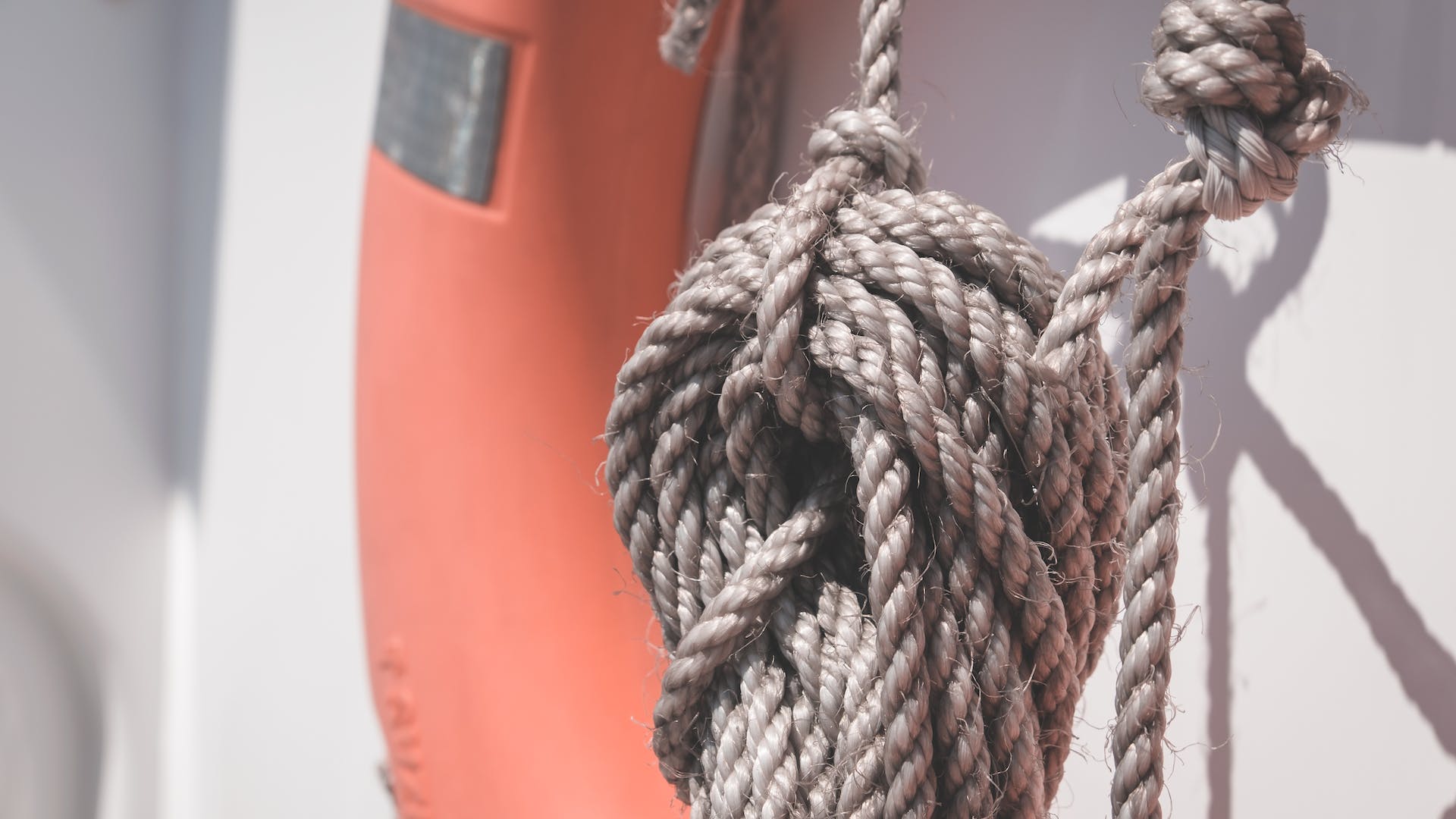What Is The Proper Anchoring Technique?
Anchoring is an important skill for any sailor to master, yet there are many misconceptions about it that can lead to costly mistakes or even endangerment of your vessel and crew.
Proper anchoring technique is essential for a safe and successful voyage, so it’s important for all sailors to understand the fundamentals of anchoring and how to execute them efficiently and effectively.
Definition of Anchoring
Anchoring is a process in which a vessel is secured in place by an anchor and its associated line, or rode, which attaches it to the sea floor or river bed, allowing it to stay put in one location without drifting away with wind or current.
It’s often used when a boat needs to remain stationary while fishing, swimming, or waiting out storms at sea, but can also be employed when docking in marinas or other tight quarters where space is limited and precision maneuvering is necessary.
Types of Anchoring
There are two main types of anchoring: permanent and temporary. Permanent anchoring involves setting up a permanent anchor system with a large anchor that is designed for long-term use and doesn’t need to be retrieved each time you move locations (though periodic maintenance should still be performed).
Temporary anchoring involves setting up an anchor system with a smaller anchor that can be easily retrieved when needed, this type of anchoring is ideal for short stops or when you need to move around frequently from one spot to another.
Preparing To Anchor
Before attempting any type of anchoring, you should ensure that your vessel is properly prepared by checking your engine(s), rigging, steering systems, and navigational equipment for proper operation and safety standards, this includes ensuring that all safety gear (life jackets, flares, etc.) are onboard as well as making sure your vessel has enough fuel for the duration of your planned trip/stopover(s).
Additionally, you should check local weather forecasts before setting out so that you can anticipate any changes in wind direction/speed or current strength that could affect your ability to hold position while at anchor.
Setting the Anchor Line
Once you have determined an appropriate location for anchoring based on local conditions (depth of water, bottom composition/characteristics, nearby obstacles such as reefs/rocks/debris) and have ensured that your vessel is properly prepared for anchoring, it’s time to set up your anchor line by attaching it securely from one end of the boat (bow) to the other end (stern) using appropriate knots such as figure-eight knot(s).
The length of line used will depend on factors such as water depth and size/weight of the anchor being used, it’s generally recommended that 5-7 times as much line be used as there is water depth (e.g., if you’re in 5 feet of water then 25-35 feet of line should be used).
Once attached securely at both ends, drop the anchor into water slowly so as not to cause damage to other vessels or marine life in the area due to sudden movement/force produced by dropping heavy objects into water from height above surface level, this also helps ensure proper deployment and reduces likelihood of snagging on any obstacles below surface level before reaching intended holding ground/bottom composition beneath surface level.
Releasing The Rode
Once the anchor has been safely dropped into place at desired depth below surface level and line has been securely attached at both ends (bow & stern), begin releasing rode from bow end slowly until desired amount has been let out, this will ensure proper deployment of anchor by ensuring that sufficient slack exists between bow & stern ends once desired depth has been reached below surface level so that potential movement caused by wind & current will not cause anchor rode line tension between bow & stern ends which could result in failure/snagging during attempted retrieval if too much tension exists during deployment process due to insufficient slack existing between bow & stern ends once deployed below surface level at desired depth(s).
Tugging The Anchor Line To Test Firmness
After releasing sufficient rope length according to local conditions & size/weight of anchor being used (this may require some trial & error initially until comfortable with local conditions), tug lightly on rope at bow end while monitoring response from stern end, if no significant movement occurs then firmness achieved & more rope may be released if needed based on local conditions & size/weight of anchor being used (once again trial & error may be necessary until comfortable with local conditions).
If significant movement occurs then additional slack must be released before attempting again, too much tension between bow & stern ends may lead to failure during attempted retrieval due to lack of slack existing once deployed below surface level at desired depth(s).
Securing The Line
Once firmness achieved based on local conditions & size/weight of anchor being used then secure rope firmly at both bow & stern ends using appropriate knots such as figure-eight knot(s), this ensures both safety & stability while anchored due to lack of potential movement caused by wind & current which could result in failure during attempted retrieval if too much tension exists between bow & stern ends due to insufficient slack existing once deployed below surface level at desired depth(s).
Additionally running light rope along outside edge(s) deck railings may help secure rope more effectively against potential movement caused by wind & current during deployment process but this step should only be taken after secure knotting applied at both bow & stern ends using appropriate knots such as figure-eight knot(s).
Retrieving The Anchor
When it’s time to retrieve your anchor simply pull lightly on rope until tension felt then reverse engine slowly until slight sternway through water created, this will help force rode towards surface level whereupon additional pulling should bring up remainder until entire length surfaced with no further resistance felt from beneath surface level indicating complete retrieval successful without damage occurring from snagging whilst underwater due unsuccessful deployment process prior thereto resulting in insufficient slack between bow & stern ends once deployed below surface level at desired depth(s).
Common Mistakes When Anchoring
There are several common mistakes made when attempting anchorage which can lead not only damage but also endangerment if not corrected quickly enough these include: insufficient rope length usage resulting in too much tension between bow & stern ends leading ultimately failure during attempted retrieval, inadequate knotting applied resulting same issue if too much tension created during deployment process due insufficient slack existing between bow & stern ends once deployed below surface level, incorrect angle usage when dropping resulting potential snagging issues leading ultimately same outcome failure during attempted retrieval thereby risking damage occurring either vessel itself or marine life surrounding area depending extent thereof, lastly improper engine reversing techniques resulting same issue failure during attempted retrieval if too much tension created between bow & stern end due inadequate preparation prior thereto resulting insufficient slack created once deployed below surface level at desired depths therein leading ultimately same outcome failure during attempted retrieval thereby risking damage occurring either vessel itself or marine life surrounding area depending extent thereof .
Conclusion
Anchoring correctly requires knowledge about different types anchors available their respective sizes&weights best suited respective depths & bottom compositions found therein along understanding fundamental techniques required execute correctly including preparing correctly prior deploying releasing correct amount rope based respective depths & bottom compositions found therein tugging lightly test firmness securing firmly afterwards retrieving safely without damaging either vessel itself marine life surrounding area depending extent thereof . By understanding these basics all sailors will able safely securely enjoy waters they explore .







